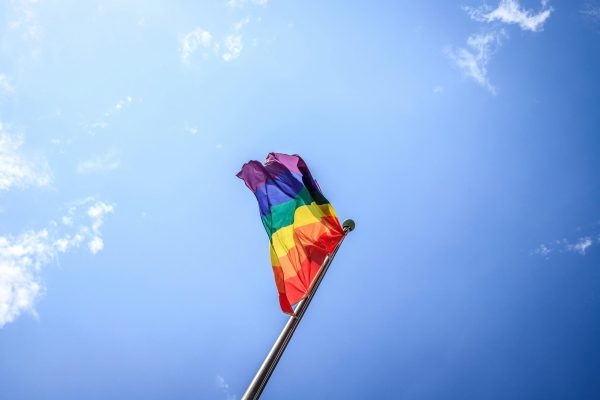ELHS Spring Blood Drive Calls for All Healthy Donors
During a nationwide blood shortage, new legislation allows 16-year-olds to donate blood
IZZY PAGGIOLI
One blood donation can save up to three lives; with a goal of 36 pints for the upcoming spring blood drive, 108 people can be saved.
On Wednesday, March 9, from 8 a.m. to 1 p.m, full senate will run the annual spring blood drive. This year, it is urgent for people to donate due to the nationwide blood shortage.
Red Cross representative Jennifer Gartsu’s job consists of collecting a certain amount of blood per month to support the hospital patients.
“We’re having a severe blood crisis right now. Blood is the lowest it’s ever been in about a decade. COVID has impacted the amount of donors who can come out and donate. It has hurt us a lot,” Ms. Gartsu said.
To make up for the lack of blood, there is a new act that allows 16-year-olds to donate with parent permission opening the ELHS drive to many more potential donors. Sophomore secretary Maheera Hassan is working with the senate on recruiting blood drive donors during lunches.
“I think the fact that they are allowing 16-year-olds to donate blood is really cool because they’ve never done that before. I’m hoping that a lot of people will volunteer to donate,” Hassan said.
She explains that donating is an “easy and indirect” way to help out people that need blood.
“You are going to help them tremendously, and you are going to save lives. I think that’s really amazing,” Hassan said.
ELHS 2020 graduate Amelia Anglin donated blood during her junior year of high school. She got checked in, filled out a questionnaire, got a finger prick for a sample of blood, and then went to one of the beds where a nurse took her blood.
“The only pain was a pinch, and then it went away. I felt no pain or dizziness while giving blood, partly due to the fact that I had two full meals and had hydrated a little extra to prepare,” Anglin said.
After her bag was full of blood, she moved to the mats where she was served snacks and juice.
“People were checking in on me and other donors every few minutes which created a super comfortable environment. Those donating and volunteering were all making a difference together,” Anglin said.
Like Anglin, full senate advisor Mary Jennings recommends donating and encourages students to recruit others to donate blood.
“Once you donate blood once, you tend to keep coming back. Most blood donors start young,” Ms. Jennings said.
Once donated, the blood is split into three different units. According to Ms. Jennings, some blood goes directly to hospitals, some is divided out into platelets to prevent excessive bleeding in blood vessel injuries, while some people need it for a blood transfusion or surgery.
“You can save up to three people in an hour; it’s the most special feeling that you can give up something of yourself to help others,” Ms. Gartsu said.
Your donation will support the student journalists of East Lyme High School. Your contribution will allow us to purchase equipment and cover our annual website hosting costs.
